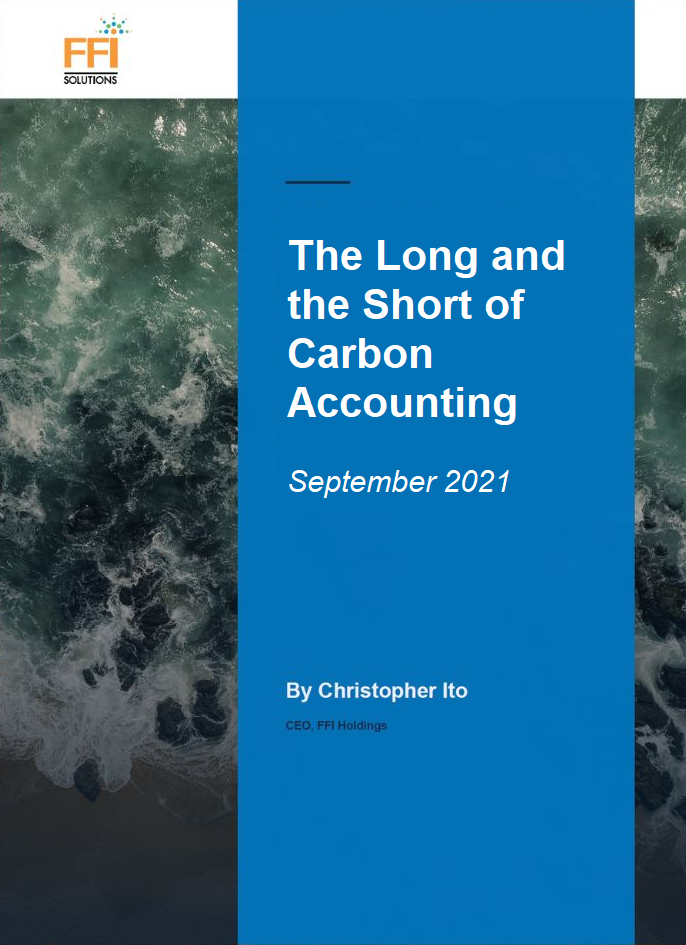Whitepaper
The Long and the Short of Carbon Accounting
September 2021

Download our updated whitepaper and learn:
- Decarbonization for Financial and Non-Financial Reasons
- How Investors (and Investment Managers) Use Short Positions
- Using Short Positions to Manage Carbon and Impact
- The Case for a Negative Carbon Footprint
- Carbon Accounting: Ignoring Shorts Creates Perverse Results
- Greenwashing Concerns
Overview
The meaning of “net zero” for investors is still evolving, and while there are no generally accepted standards, frameworks are emerging to help guide investors. The Net-Zero Asset Owner’s Alliance[1], The Institutional Investors Group on Climate Change (IIGCC)[2] and The Investor Agenda[3] provide frameworks for investors to achieve net-zero portfolios. While those frameworks lack detailed guidance on achieving such objectives, two main elements of a net-zero investment strategy are clear:
- Decarbonization of portfolios
- Investment in climate solutions
What is not clear is how short positions should be treated within the construct of these frameworks. Much has been written recently about the treatment of shorts, with many suggesting that ESG characteristics and carbon emissions of shorted companies should be ignored for the purposes of measuring investor decarbonization efforts. We at FFI are of the opinion that including the carbon emissions of short positions as a “negative carbon footprint” more accurately reflects the financial risks related to carbon, allows investors to efficiently align with net-zero objectives, and is also more impactful in accelerating decarbonization (compared to ignoring the carbon emissions associated with short positions).
Why FFI Solutions
FFI is uniquely positioned to help clients efficiently navigate the complexities of Net Zero. Our team brings together the hands-on experience in investing, carbon, climate change and consulting necessary to view challenges through multiple lenses and propose solutions that are both ambitious and pragmatic.
Hands-on Investment + Experience
Experience as institutional allocators, fund managers, and researchers gives us real-world understanding of CIO and PM responsibilities.
Core Carbon Expertise
Over the last 9 years, we have expanded our expertise in carbon and energy transition research.
Proven Consulting Process
A proven, results-driven processes customized to an investor’s unique needs.
